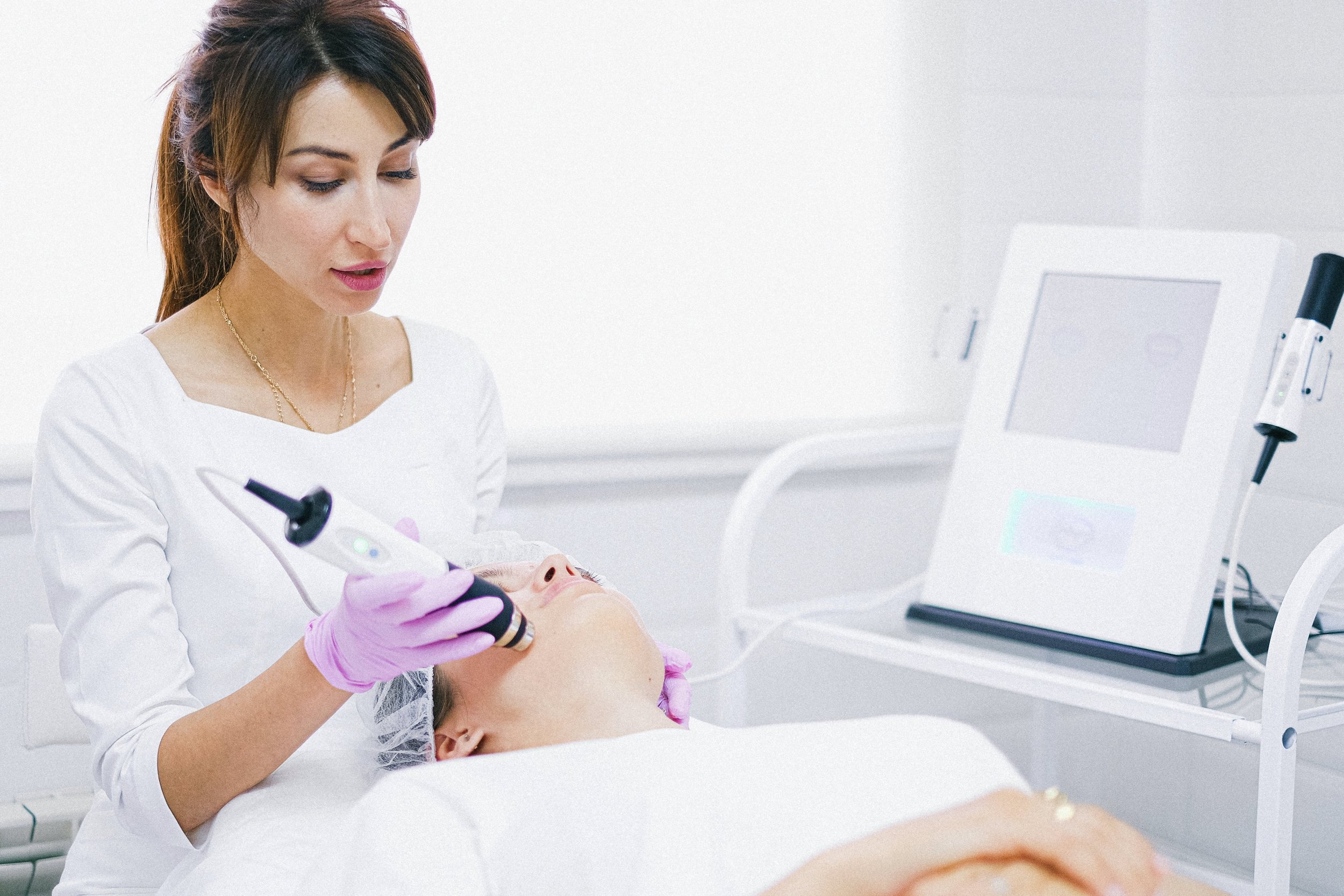
Microneedling
What can microneedling do for you?
Microneedling is a minimally-invasive cosmetic procedure renowned for its effectiveness in enhancing skin quality. This technique involves using fine needles to create tiny punctures in the skin, triggering the body's natural healing response.
This process stimulates collagen and elastin production, crucial for maintaining youthful, firm, and smooth skin. Microneedling is versatile, effectively treating fine lines, wrinkles, skin texture, and acne scars. While suitable for all skin types, the procedure's intensity and needle length are tailored to individual needs, with optimal results typically achieved after multiple sessions.
What about Radiofrequency Microneedling?
Specialised microneedling forms, like radiofrequency microneedling, utilise specially designed needles that are insulated except at the very tips where they emit radiofrequency energy, delivering targeted heat to stimulate collagen and elastin production. This precise technique is often combined with treatments like platelet-rich plasma therapy and chemical peels. Post-procedure, serums containing collagen peptides, hyaluronic acid, and ceramides are commonly applied for enhanced absorption and skin benefits.
Read Dr Emmaline’s full Guide to Microneedling for Etre Vous
-
Microneedling is used for enhancing overall skin quality and addressing specific dermatological concerns. It effectively treats fine lines, wrinkles, acne scars, stretch marks, and can improve skin texture and tone. The procedure also stimulates collagen and elastin production, contributing to skin rejuvenation and a more youthful appearance.
-
Common side effects include redness, sensitivity, and swelling of the treated area. These typically resolve quickly. There may also be minor flaking, skin peeling, or temporary skin darkening, and in rare cases, milia or bruising, which should subside within 48 hours.
-
When performed correctly, microneedling has minimal risks. However, issues can arise from overuse or improper technique, leading to damage to the skin's fine blood vessels. Other risks include infection, especially if the procedure isn't performed in a sterile environment or if aftercare instructions are not followed properly.
-
Again, there are minimal risk when used appropriate by a trained clinician. However, more significant risks can include permanent scarring and fat melting if patients are not treated at the correct depth, or if they do not follow aftercare instructions.
-
It's important to discuss your skin concerns and medical history with the practitioner. Avoiding certain medications or supplements that can increase bleeding, like aspirin or fish oil, might be advised. It's also recommended to stay hydrated and have a healthy skin routine in place.
Post-treatment, avoid makeup for 24 hours to reduce the risk of infection. Stay away from activities that cause excessive sweating, heat exposure, or sun exposure. Use recommended skincare products, particularly SPF, to protect the skin. Avoid applying retinoids or Vitamin C for 48 hours post-treatment. It's also essential to follow any specific instructions given by your practitioner for optimal healing and results.

Ready to book?
When Science and Art met Beauty



